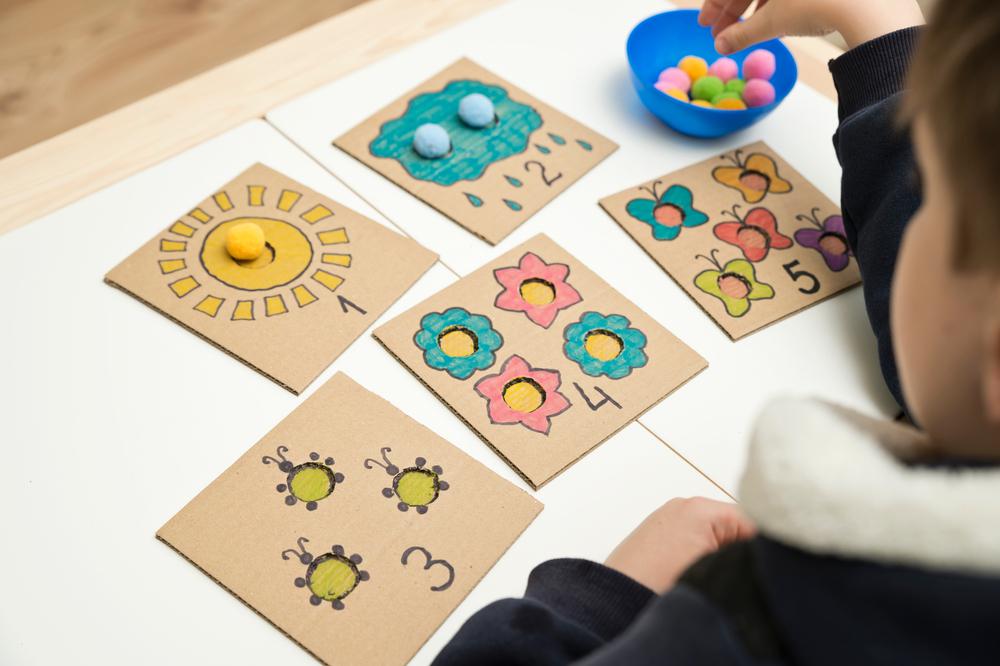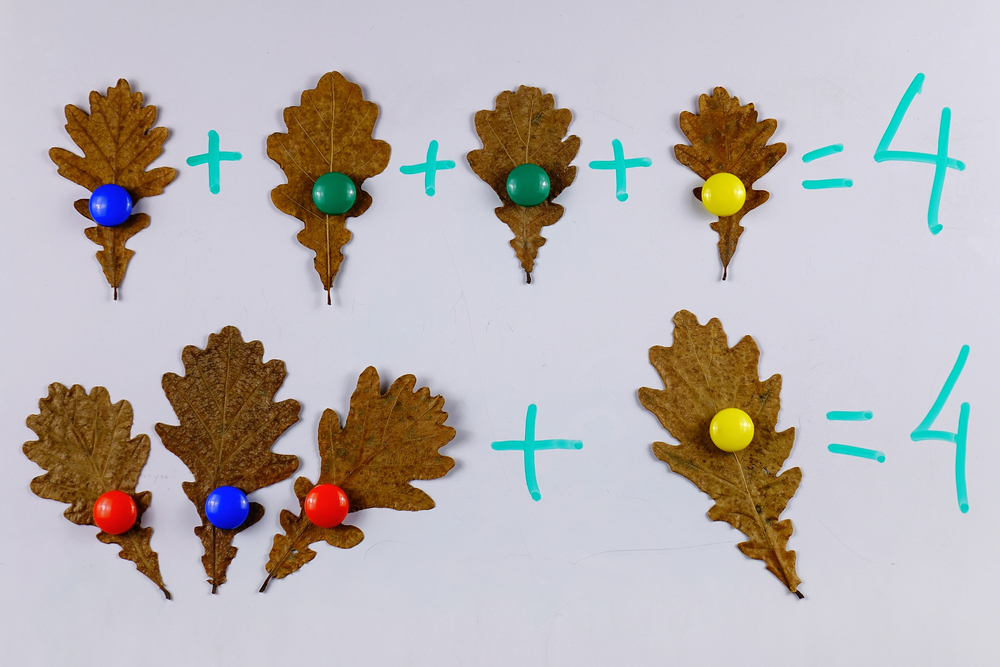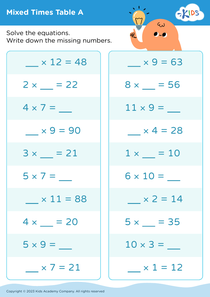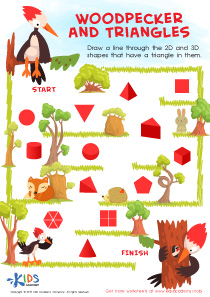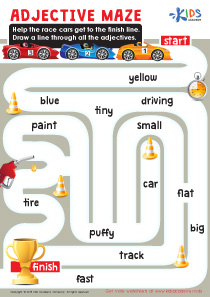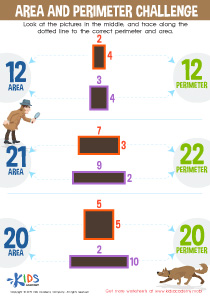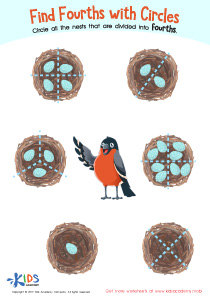Shape Recognition Extra Challenge Tracing Shapes Worksheets for Ages 3-7
4 filtered results
-
From - To
Discover our "Shape Recognition Extra Challenge Tracing Shapes Worksheets" specifically designed for children aged 3-7! These engaging worksheets provide young learners with a fun and interactive way to enhance their shape recognition skills. Each worksheet features a variety of shapes for tracing, helping kids develop fine motor skills, hand-eye coordination, and familiarity with basic geometric concepts. Ideal for at-home learning or classroom activities, these extra challenge worksheets promote critical thinking and problem-solving while keeping your child entertained. Track their progress and witness their confidence grow as they master shape recognition in a playful and supportive environment! Download now and inspire your little learners!
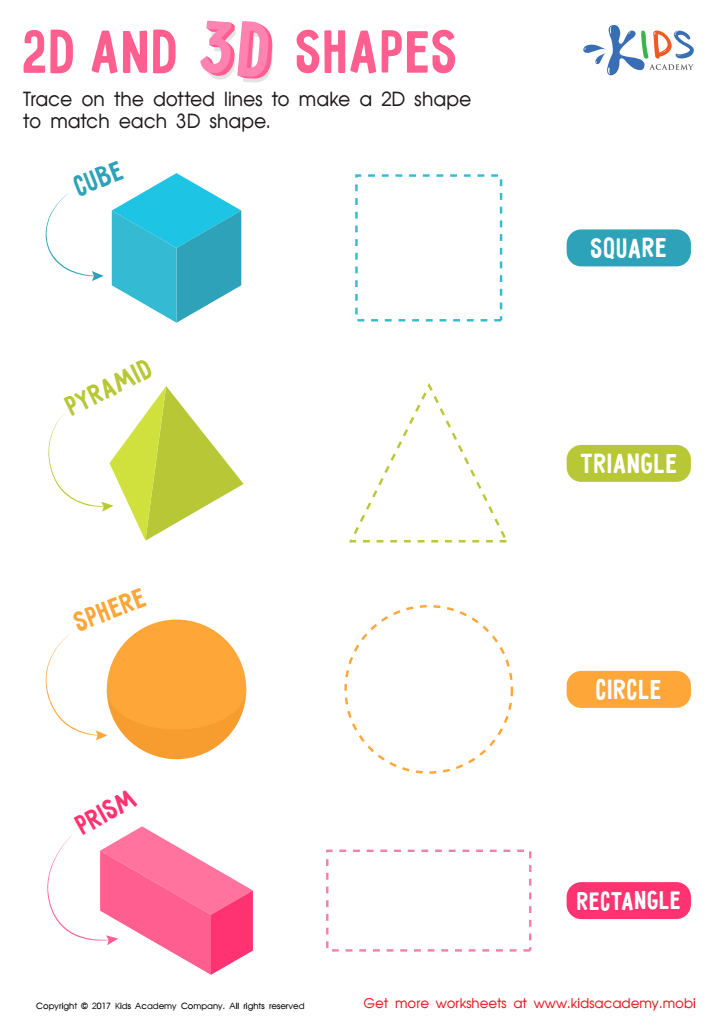

2D and 3D Shapes Worksheet
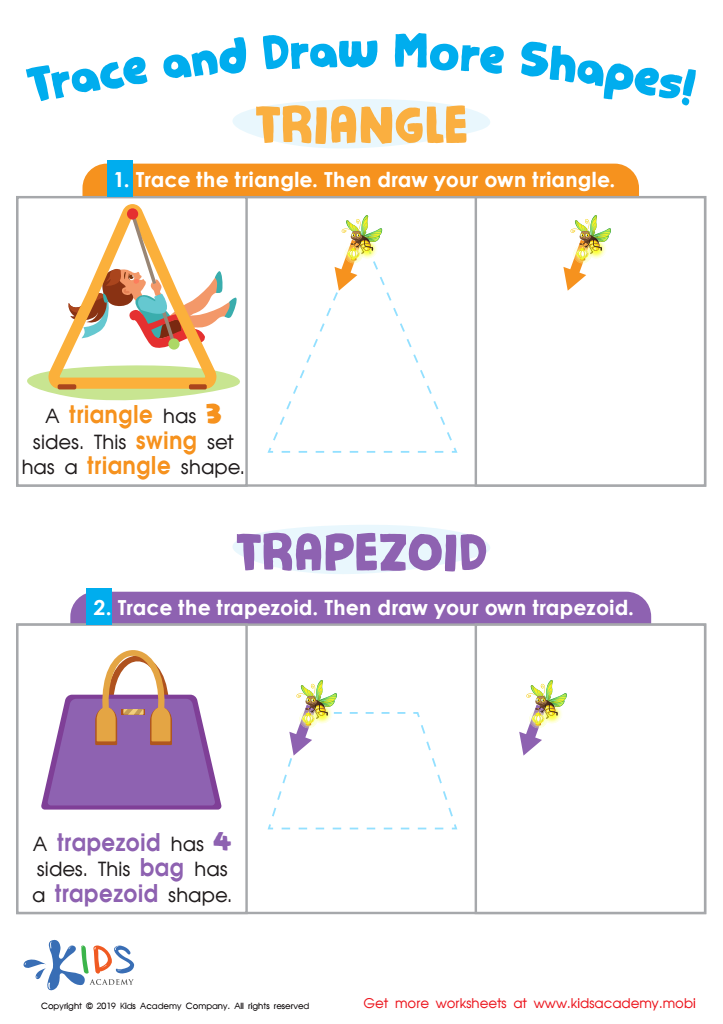

Trace and Draw More Shapes Worksheet
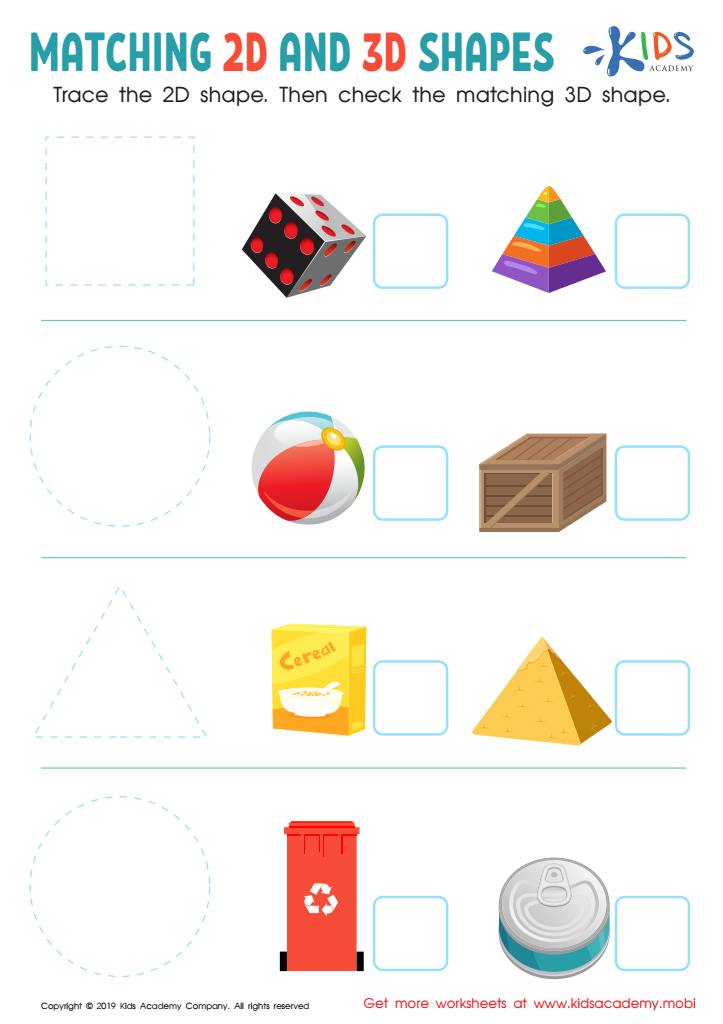

Matching 2D and 3D Shapes Worksheet
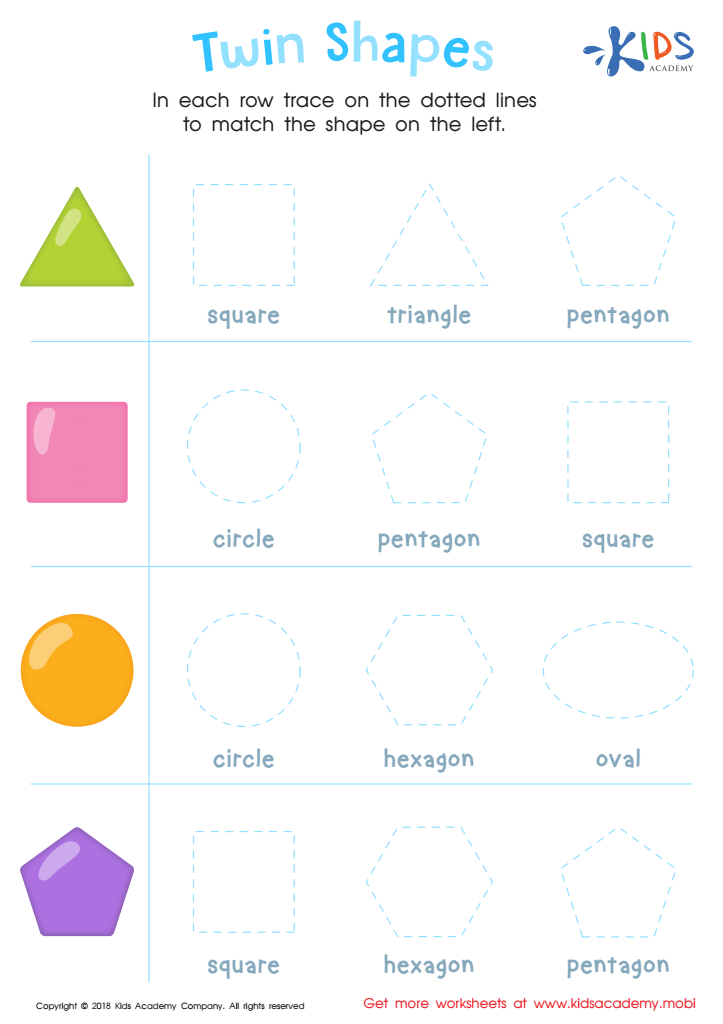

Twin Shapes Dot-to-Dot Worksheet
Shape Recognition Extra Challenge Tracing Shapes for Ages 3-7 offers a multifaceted approach to early learning that is crucial for young children’s cognitive, motor, and spatial development. Parents and teachers should value this activity because it lays the foundation for critical skills that children will utilize throughout their academic and everyday life.
Firstly, recognizing and tracing shapes strengthens fine motor skills essential for writing and drawing, promoting hand-eye coordination. Additionally, understanding shapes enhances spatial awareness, which is pivotal in subjects like math and geometry as children grow older.
Moreover, activities that involve tracing shapes stimulate cognitive skills, as children distinguish and categorize different shapes, fostering critical thinking and problem-solving abilities. These challenges also build confidence and persistence in young learners, teaching them the value of tackling harder tasks progressively.
Furthermore, engaging in shape recognition of specific geometric figures can deepen comprehension of various concepts, including symmetry, patterns, and measurements, making them valuable across multiple disciplines.
Ultimately, by encouraging participation in Shape Recognition Extra Challenge Tracing Shapes, parents and teachers actively support holistic child development, preparing them for future educational success and helping to lay the groundwork for lifelong learning.

 Assign to My Students
Assign to My Students



